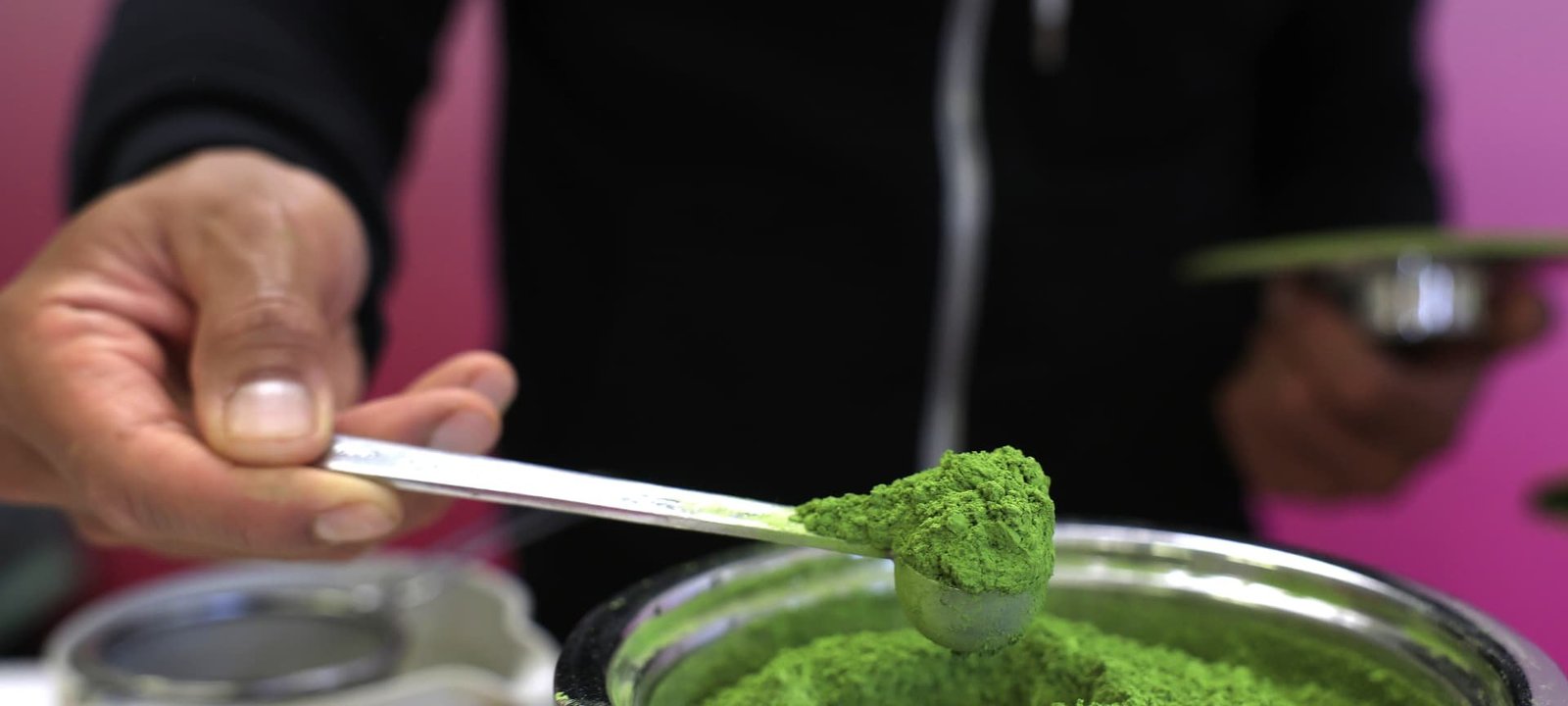At this spring’s Kyoto auction, tencha prices jumped 170 percent year on year to 8,235 yen per kilogram, eclipsing the previous record of 4,862 yen set in 2016, the Global Japanese Tea Association reported. Many retailers say wholesale costs have doubled over the past 12 months.
Retailers impose limits as prices double
In Tokyo, specialty shops have introduced purchase caps to prevent hoarding and resale. Online stores catering to U.S. buyers sold out months ago amid concerns about potential tariffs. Kaminari Issa, which operates four outlets in the capital’s Asakusa district, routinely receives bulk requests for up to a ton of matcha but cannot meet the volume. Manager Miku Sugawara said the company relies on leaves from the season’s first harvest, considered the highest grade, and fears that this summer’s record heat could further squeeze next year’s supply.
Lines have also formed outside Atelier Matcha, a café opened by former advertising executive Chitose Nagao. A long-standing partnership with 300-year-old Kyoto producer Marukyu Koyamaen has kept the shelves stocked, allowing Nagao to expand from two stores in Japan to additional locations in Ho Chi Minh City and soon Cebu City. Even so, afternoon inventories routinely sell out.
Producers race to increase capacity
Leading beverage company Ito En created a dedicated matcha division in May to navigate the supply squeeze. The firm expects overseas sales to climb 11 percent this year and plans to raise prices on several products by 50 to 100 percent from September to offset higher raw-material and labor costs. Ito En’s contracts secure about 7,000 tons of regular green tea annually but just 600 tons of tencha. Management says persuading growers to convert fields remains a challenge, and additional mills may be required; grinding 40 grams of high-grade matcha can take an hour because faster speeds generate heat that diminishes quality.
Industry analysts note that sustained demand could lessen growers’ reluctance, but some farmers fear the trend will fade. As a contingency, retailers such as Atelier Matcha have begun educating customers on different grades of powder, emphasizing that premium leaves are unnecessary for products like smoothie bowls. Nagao is already eyeing a potential successor to matcha—hojicha, a roasted green tea with a milder flavor and lower caffeine content.
While the market adjusts, constrained supply continues to push prices upward and limit availability. A detailed overview of the current market pressures can be found in this Reuters report.
For more insights into shifting consumer trends and their financial impact, visit our Finance News Update section.
Image credit: Justin Sullivan / Getty Images News / Getty Images



